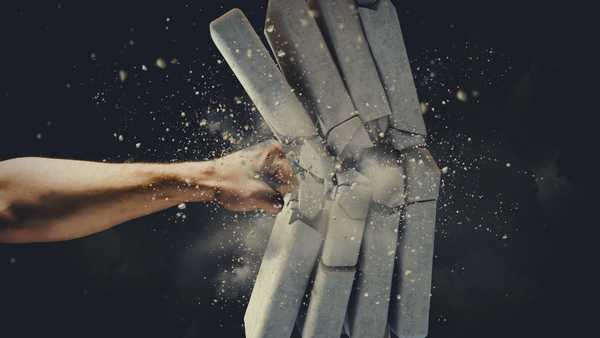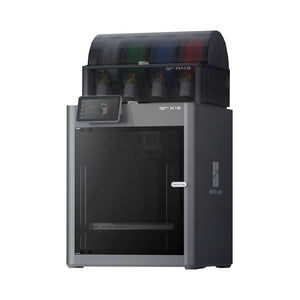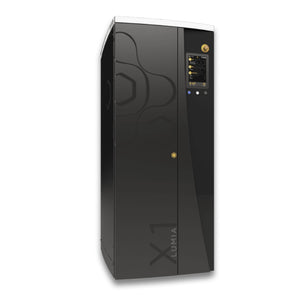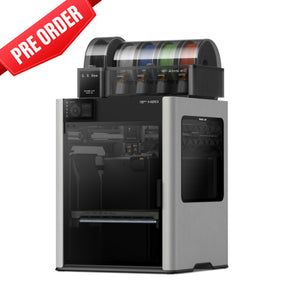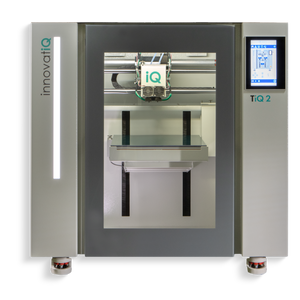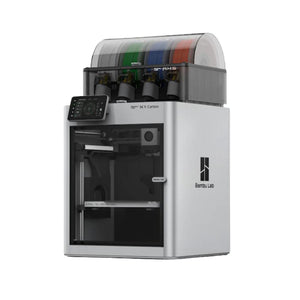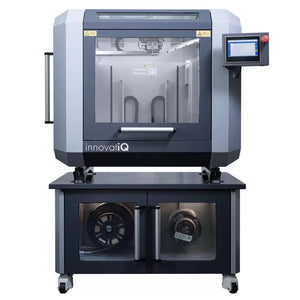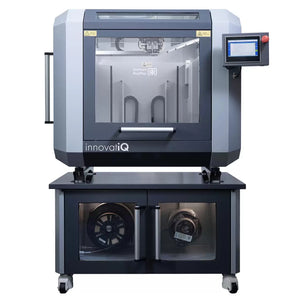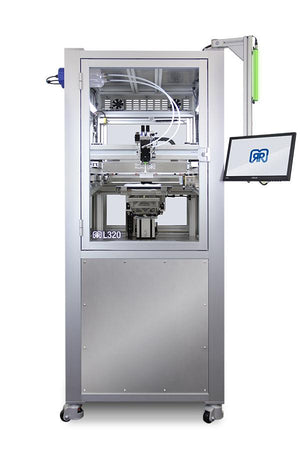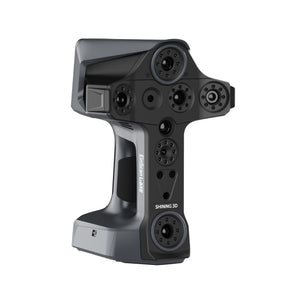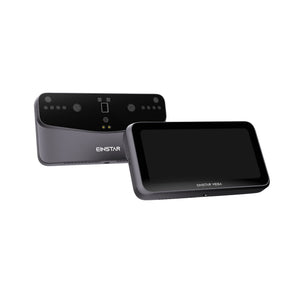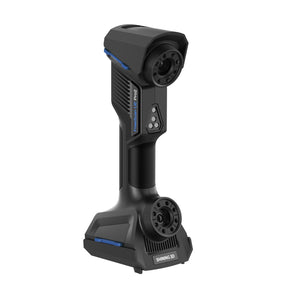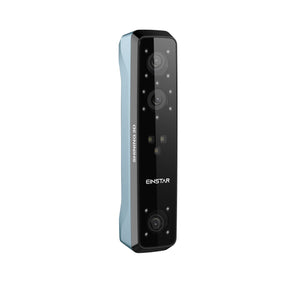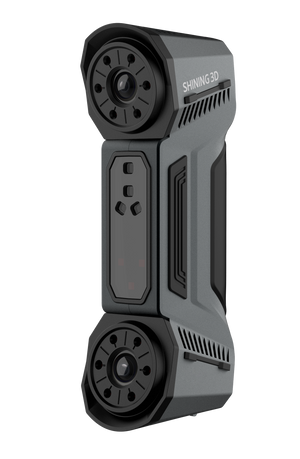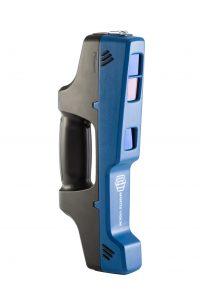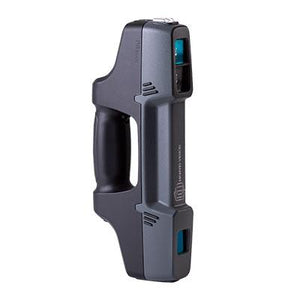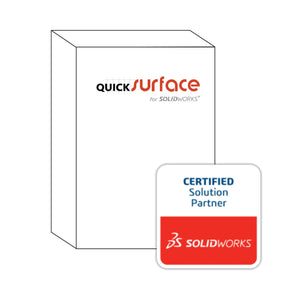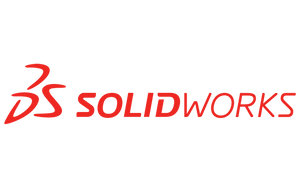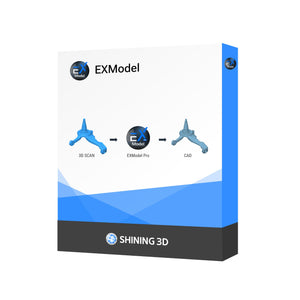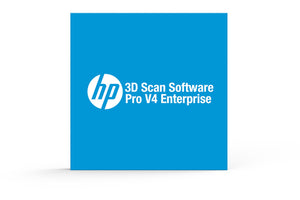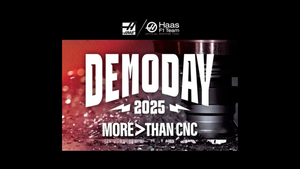Aug 24, 2018
Optimize for STRENGTH with Simplify3D & innovatiQ 3D Printers
There are many characteristics to consider when optimizing for strength. Obviously, this is highly dependent upon the material properties of your filament.
It is also highly dependent on the number of shells in the part, the infill shape, and the infill density. Typically, the biggest bang for the buck is the number of shells in the part...this is due to moment of inertia...similar to the reason that an I-beam is strong, while also being lightweight. Experimentally, we have found the standard rectilinear infill pattern to be the most strong. We rarely print with anything over 80% infill, and our standard infill is 20%.
Finally, for extra strength the parts can be printed slightly hotter (to increase inter layer adhesion) or the parts can be post-processed with a controlled annealing process.

